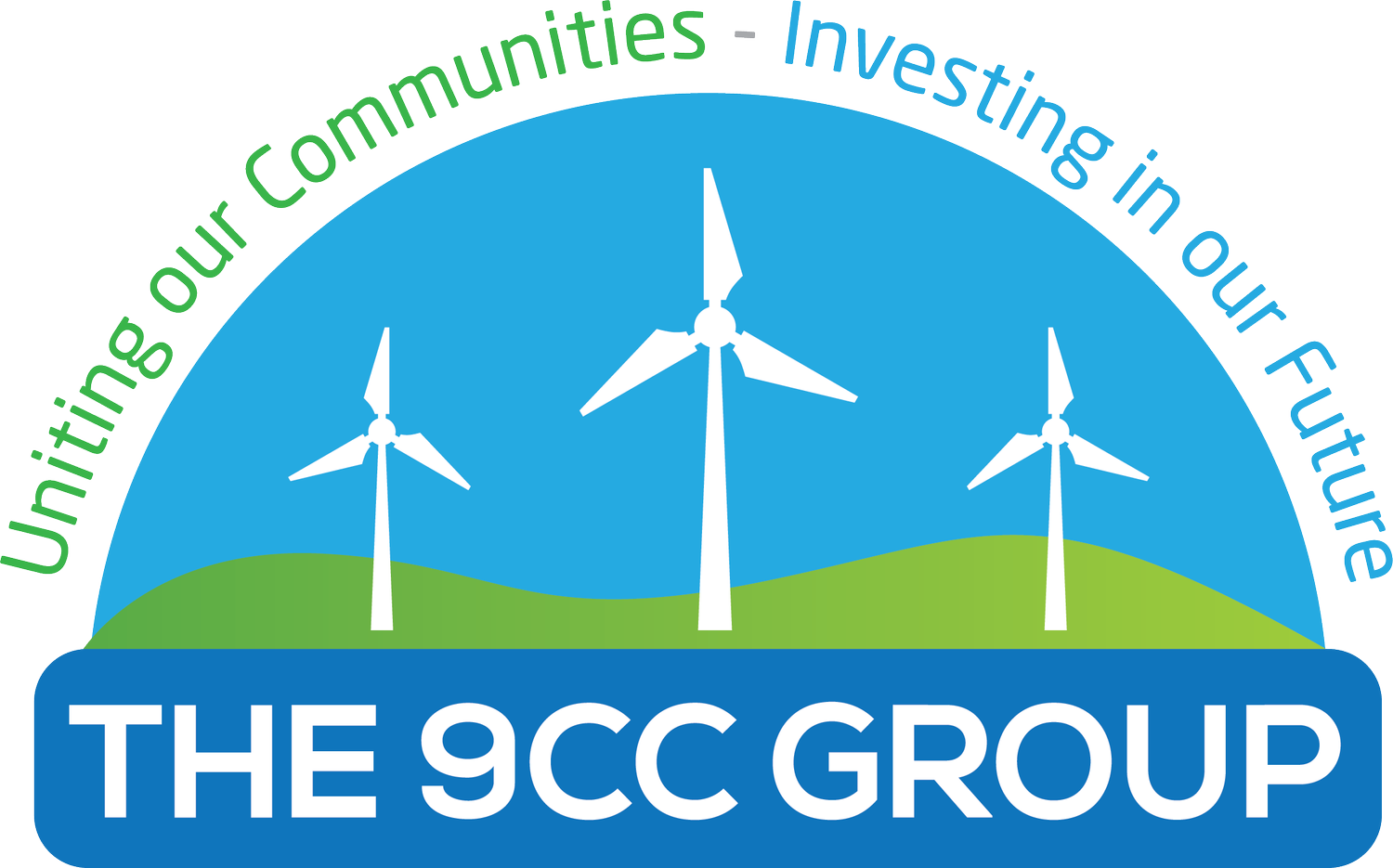New Cumnock
New Cumnock comprises six character or functional areas, each with their distinct building types and uses.
Pathhead: this is the gateway to New Cumnock from the north-west. It is a mixed collection of residential properties built from the 19th century to the present day. It is generally well looked after and is a positive gateway to the village. The approaches to the area from the northwest could benefit from new shelterbelts, better maintenance of hedgerow planting and the rehabilitation of the derelict area that once was the Tam o’Shanter cafe and car park.
The Station and Glenafton: this is a key part of New Cumnock - the station is an essential commuting connection to north and south as well as a visitor arrival point. The Glenafton Football Club has an excellent sub-regional reputation and could be a vital feature of the promotion and civic pride of the village. The industrial units adjacent to the station are an attractive asset and could expand. Also, the whole area could be upgraded in appearance to create a much more positive and welcoming gateway to the village.
Castle: This is the oldest part of the village and was the location of the new church, now the Auld Kirk, built on the site of Cumnock Castle, the ancient seat of the Barons of Cumnock, held by the Earls of Dunbar from the late 13th century. New Cumnock grew up around this area, firstly in a tightly knit zone around the site of the Castle then in a linear form along the main road. Over the last few decades, the area has lost many of its critical facilities including the Cooperative store and the Old Castle Hotel. This part of the village has lost much of its historic form, structure and cohesion and is now a somewhat disaggregated collection of individual buildings and mid-late 20th century residential development. A focus on consolidation, rebuilding and finding uses for vacant buildings would be beneficial.
Town Hall and Swimming Pool: this is undoubtedly the natural centre of the village and its civic heart. The open-air swimming pool and the refurbished Town Hall are well used facilities that bring a constant flow of people to the area. Plans have been made to continue the development of this area with a new housing development south of the Parish Church and a gym and cafe facility along the south of the swimming pool car park. It would make sense to continue to develop this area, especially the former Afton Valley Dyers site next to the Primary School. The facilities provided in the former Community Education Centre which occupied the current car park south of the swimming pool, such as the games hall, function rooms and bar have not been replaced, but there is scope to develop some of these missing facilities in the future.
Afton Bridgend: this area contains essential facilities such as the Valley Medical Practice, the Fire Station, New Cumnock Nursery School and some small local retail outlets. It also includes the New Cumnock Working Men’s Club. The area, therefore, provides important services for the surrounding residential areas. The road itself, part of the A76 is a central feature of this area and is the main route into the village from Dumfries. Mitigation works to reduce the impact of heavy vehicles would be beneficial.
High Park: this area comprises the most significant residential area in New Cumnock. Forty years ago it was considerably larger, but closure of coal mines and subsequent clearance of Council housing has reduced the size of the area, its population and of course its facilities, including shops and a primary school. The area could represent a new beginning for New Cumnock and presents an opportunity for new housing in an attractive landscape setting bringing all the benefits of a larger population on local services provision.



